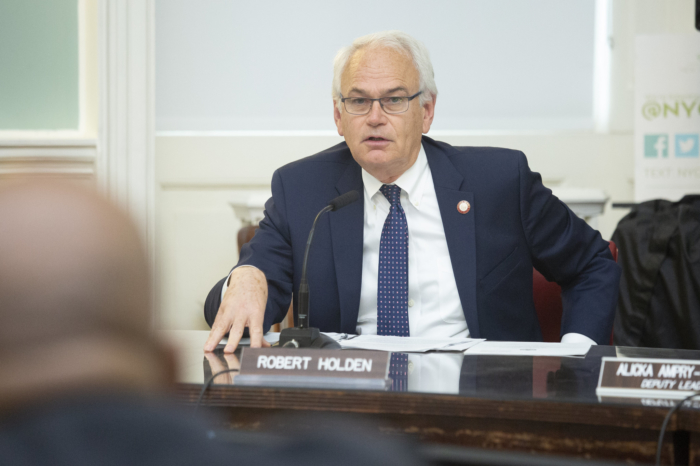By William Lewis
As we move closer to the political party national conventions, there has been increased discussion about open conventions in which there are several candidates running for their party’s presidential nomination.
This is especially true in the Republican Party where Donald Trump, Ted Cruz and John Kasich are locked in a battle for the nomination. As we look back at what happened during the 20th century, there were three times when political battles happened in the Republican Party.
The most recent one occurred in 1976, when Ronald Reagan challenged the incumbent president Gerald Ford. The final votes gave Ford a win and Ronald Reagan endorsed him and supported his campaign.
This type of situation also happened in 1952 when Dwight Eisenhower challenged U.S. Sen. Robert Taft for the Republican nomination. Eisenhower was successful. Taft, like Reagan, endorsed Eisenhower and supported him during the presidential campaign.
The other Republican convention battle occurred in 1912 when former president Theodore Roosevelt challenged incumbent William Howard Taft, who was the father of Robert Taft. In this case it was a far more intensive struggle. The Republican establishment had given support at the convention to William Howard Taft and they were able to deliver the nomination to Taft.
In this situation Roosevelt did not endorse Taft. Instead he and his supporters walked out of the convention hall and then held their own convention in which they nominated Roosevelt for president. He would then run as a third-party candidate.
As it turned out, Roosevelt got more votes in the general election than Taft did. However the winner of the presidency was Democrat Woodrow Wilson, who would serve as president for eight years. The question is whether a similar situation will happen this year in the battle going on between Trump, Cruz and Kasich. If it does come out to a similar situation, we will see a Democrat elected with the Republicans split and not united.
As for the Democratic Party, there is also a chance of a serious party split between Hillary Clinton and Bernie Sanders. We will see how this develops.
During the twentieth century there have been two major splits during Democratic conventions. The first occurred in 1924 during the convention that was held in Madison Square Garden. Two candidates were locked in a fierce battle that year that lasted for 102 ballots. The two candidates were Gov. Al Smith of New York and William McAdoo, former secretary of the treasury, and son-in-law of former President Woodrow Wilson.
Finally after 102 ballots the two candidates withdrew and on the 103rd ballot John Davis of West Virginia was nominated. He was defeated by Republican Calvin Coolidge.
The next convention battle took place in 1948. The Democratic Party split into three parties with three candidates. Incumbent President Harry Truman won the nomination. There were also two independent candidates, Progressive Party candidate Henry Wallace and South Carolina Gov. Strom Thurmond of the States Rights Party.
In one of the biggest upsets in American presidential politics, Harry Truman won the 1948 battle, defeating the two independent Democrat candidates and Gov. Tom Dewey of New York, who was the Republican candidate. It is of great interest as to how the 2016 conventions will play out.
































